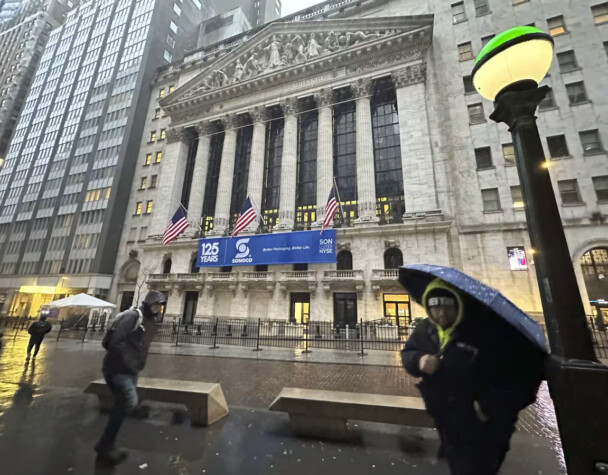
Market Turmoil in the U.S. Drives Investors Toward Global Opportunities
Mon, March 31, 2025As the first quarter of 2025 wraps up, U.S. markets are grappling with increased volatility driven by political uncertainty, trade policy shifts, and slowing consumer sentiment. This turbulence is pushing both domestic and international investors to explore new opportunities beyond U.S. borders, with a particular focus on Europe and Asia.
Tariff Fears Rattle U.S. Markets
The most immediate catalyst for concern is the U.S. administration’s hardline stance on trade. President Donald Trump recently dismissed concerns over the economic impact of his proposed 25% tariff on foreign cars and auto parts, stating he “couldn’t care less” if automakers raise prices as a result. This comment, combined with the looming April 3 tariff deadline, has sent shockwaves through equities markets.
U.S. stock futures have already dipped in anticipation, with investors fearing that retaliatory actions or escalating trade tensions could lead to wider economic fallout. According to MarketWatch, investors expecting clarity from the White House are likely to be disappointed, as the administration appears committed to using tariffs as a negotiation tool.
This uncertainty is eroding confidence not just on Wall Street, but also on Main Street. Consumer sentiment has declined, and retail spending in January saw its steepest drop in over a year, with only marginal recovery in February. The so-called “wealth effect”—where falling stock portfolios reduce household spending—is beginning to weigh on broader economic performance, potentially increasing recession risks, as reported by Business Insider.
Investors Eye International Equities for Stability
In response, many investors are pivoting to international markets. European ETFs alone have seen inflows of $4.9 billion over the past month, and investor sentiment toward Asian equities is strengthening. Analysts point to attractive valuations and favorable policy environments in countries like Japan and China. Corporate reforms in Japan and technological innovation in China are making these regions especially compelling.
Asset managers like BlackRock have spotlighted these trends, encouraging a more diversified approach to global investing. With the U.S. dollar weakening and American equities underperforming, international markets appear increasingly attractive as a hedge against U.S. instability.
The shift also reflects a broader reevaluation of American exceptionalism in financial markets. As U.S. political and economic policies grow more unpredictable, the global investment landscape is beginning to favor a more balanced, geographically diverse portfolio strategy.
Global Uncertainty Calls for Strategic Diversification
While the full impact of the impending tariffs remains to be seen, one thing is clear: investors are no longer placing all their bets on the U.S. market. With geopolitical tensions, uncertain fiscal policy, and weakening domestic consumption, diversification is no longer just a recommendation—it’s a necessity.
For a deeper dive into the current investor sentiment and international market trends, the Wall Street Journal offers a detailed look at how a wild first quarter is shaping global portfolios.

